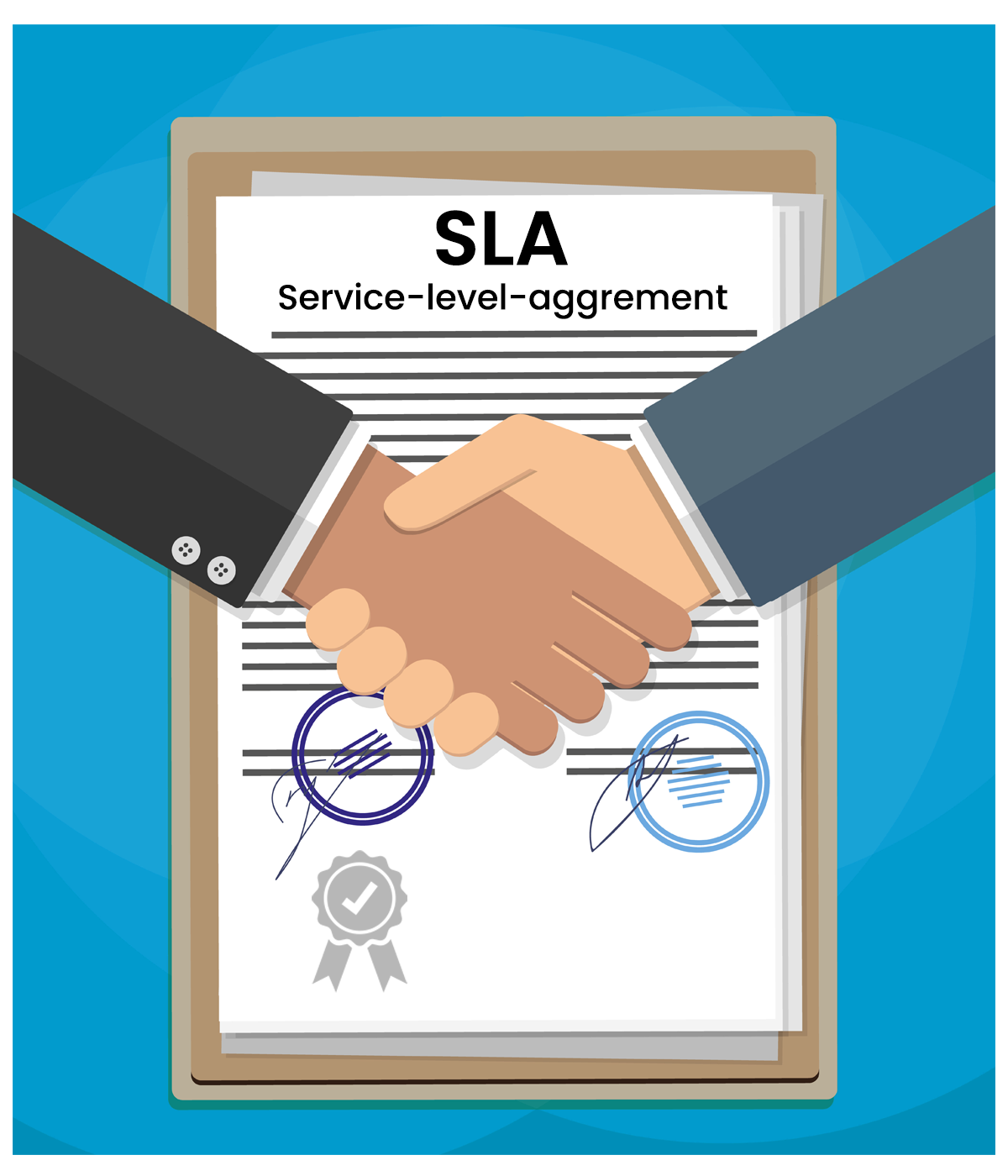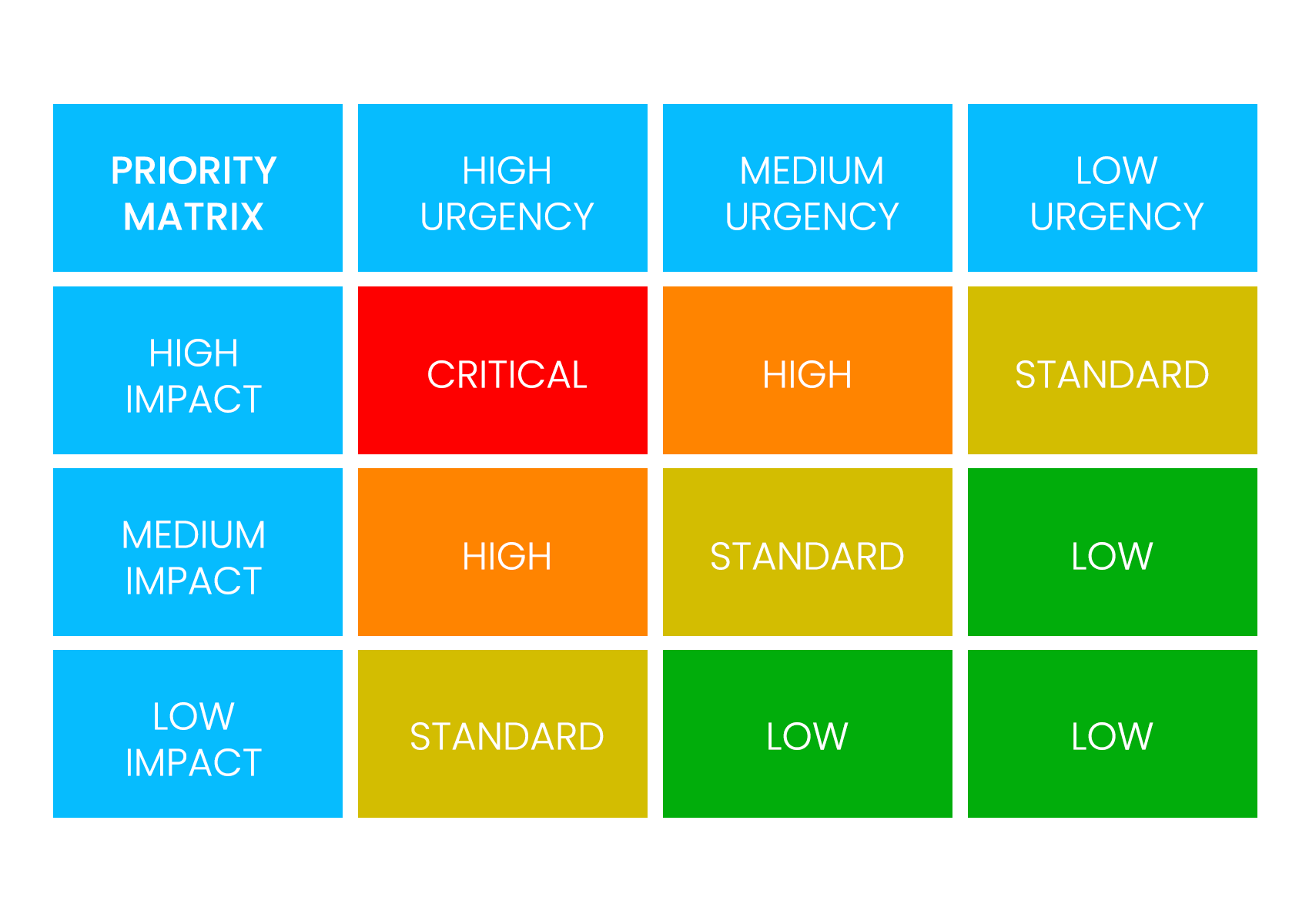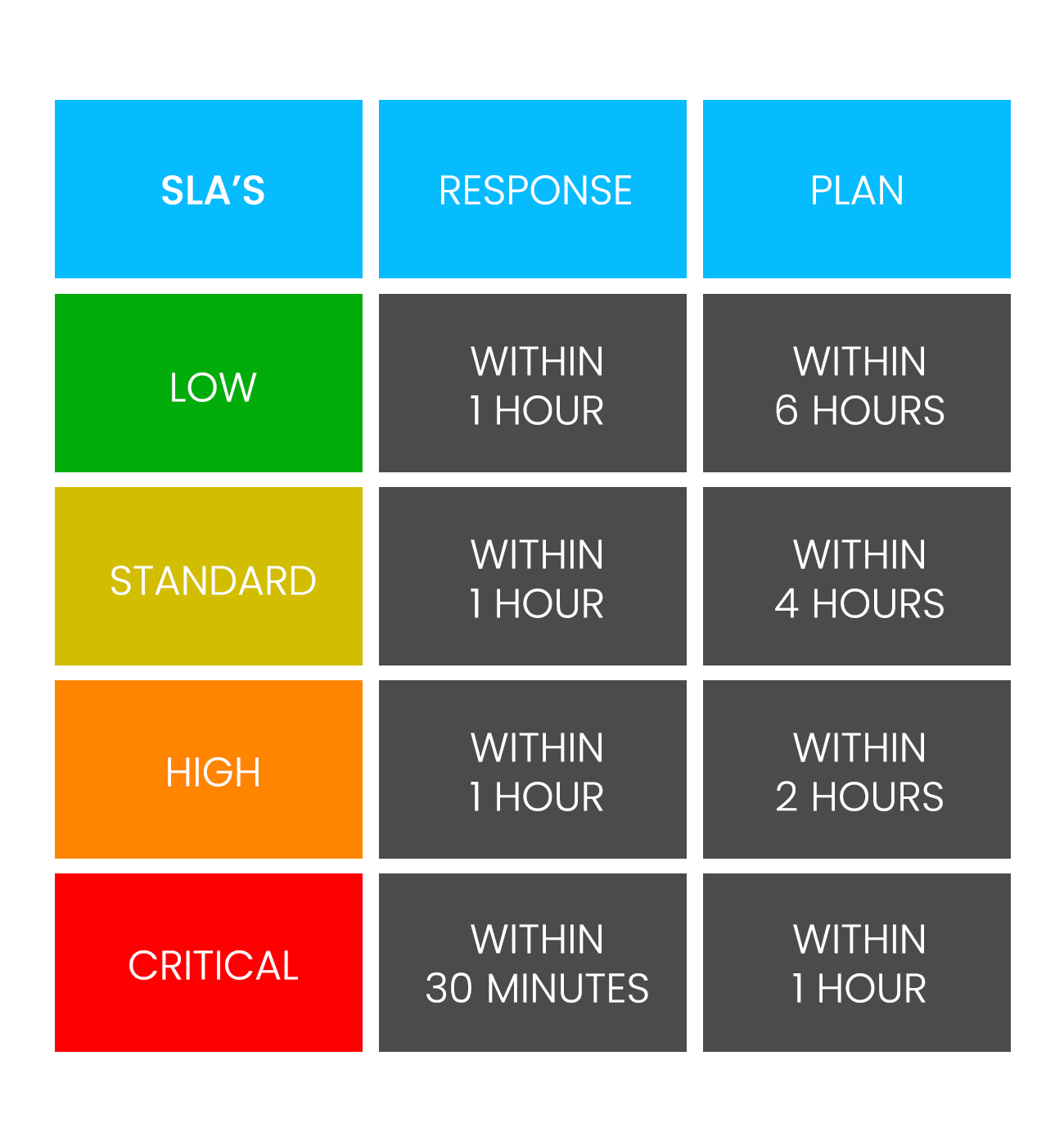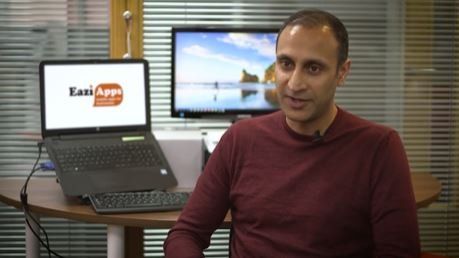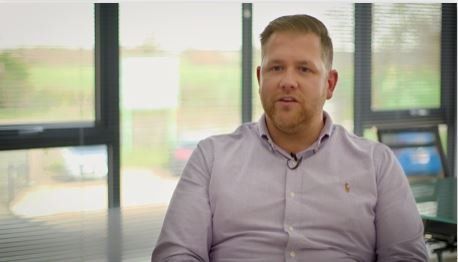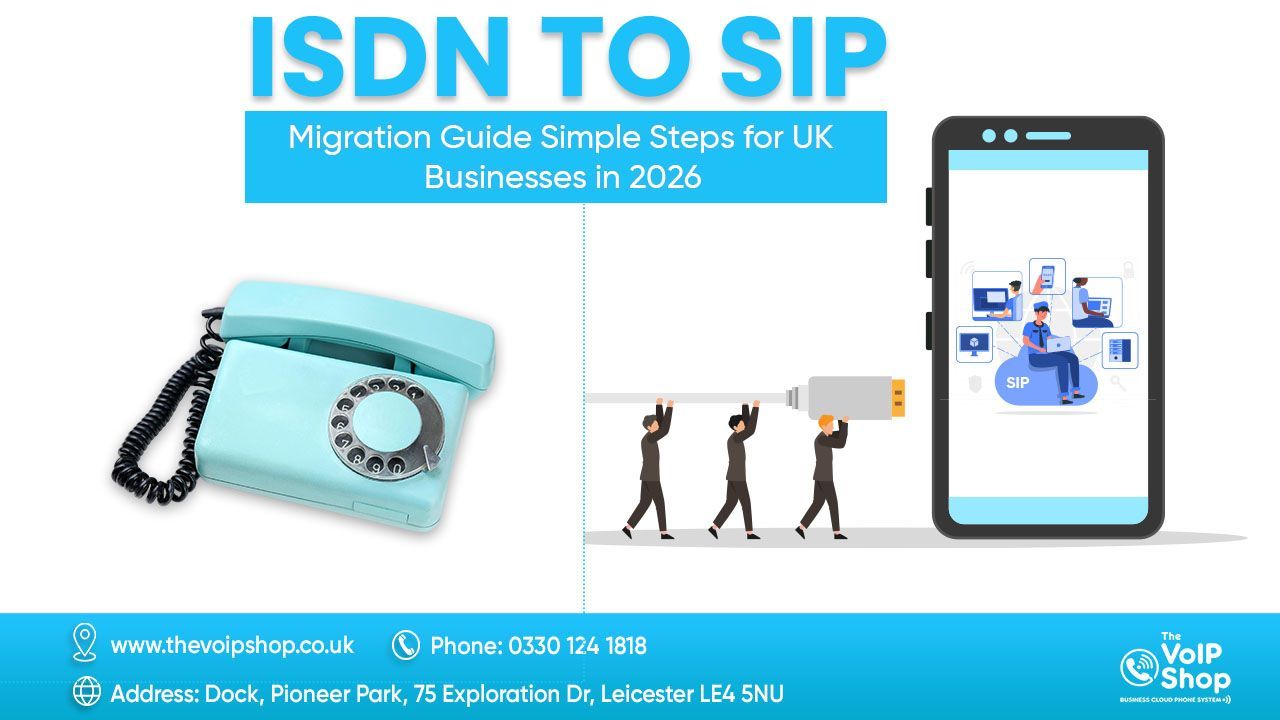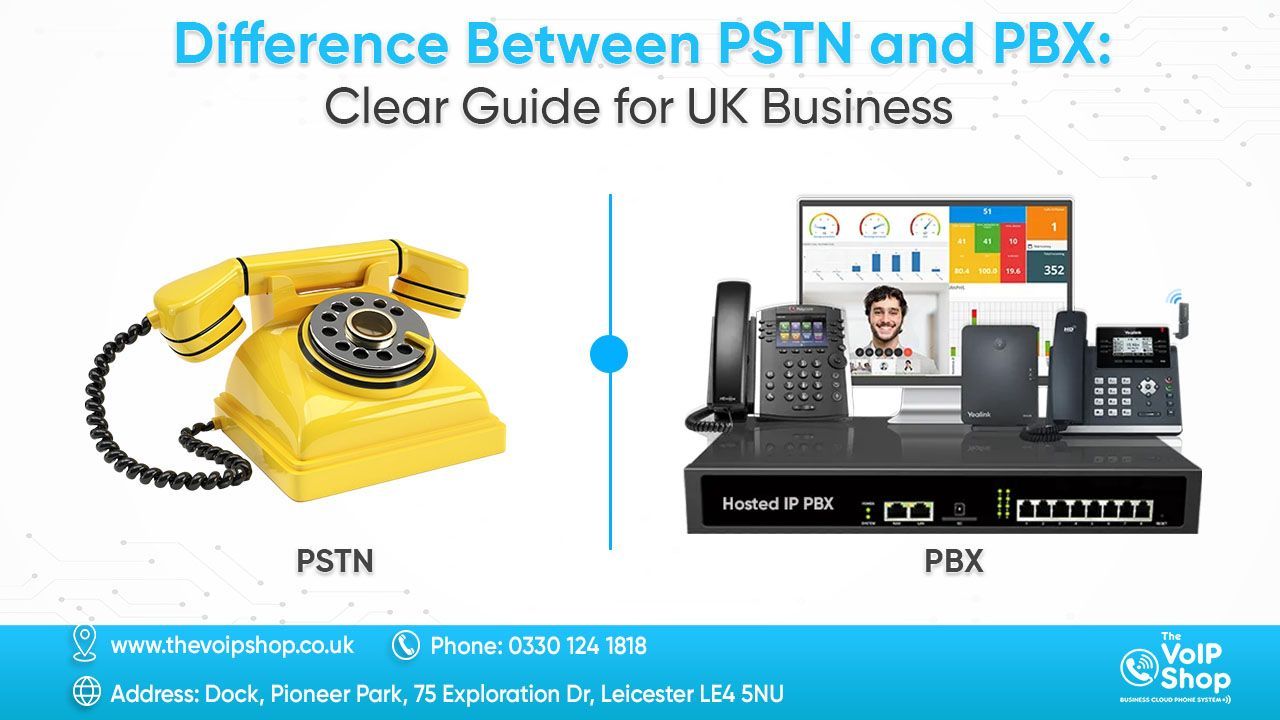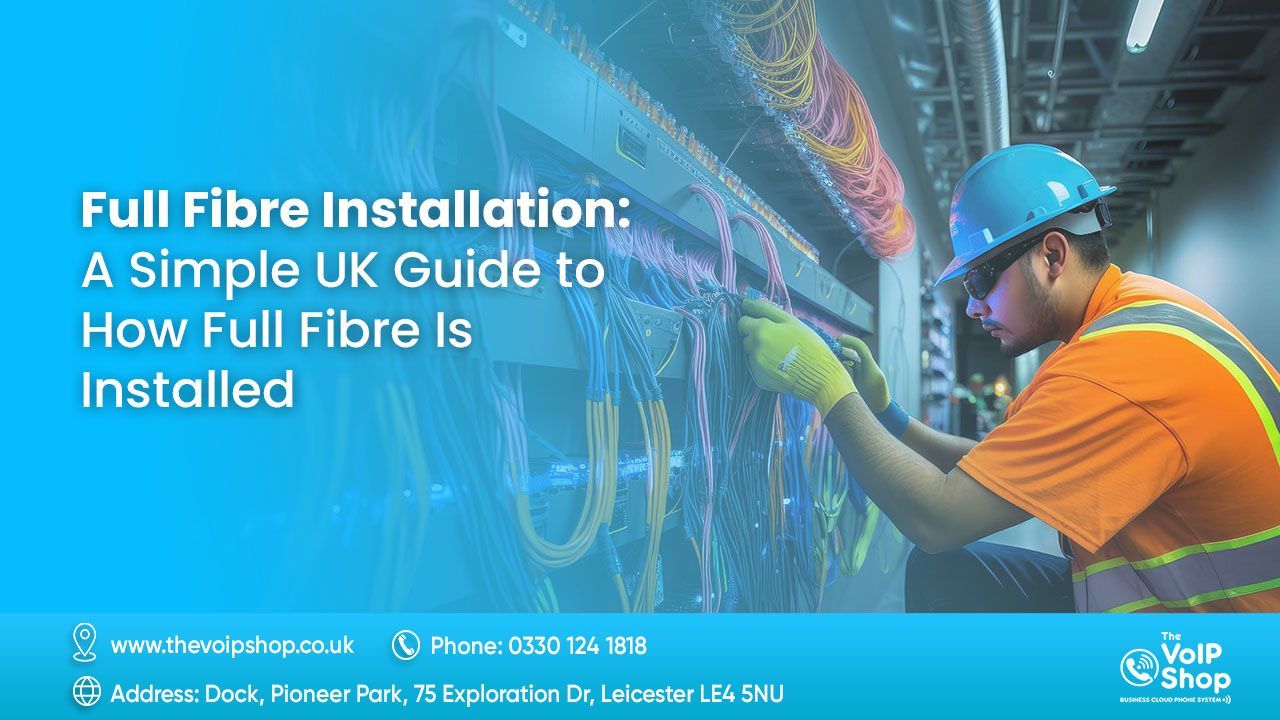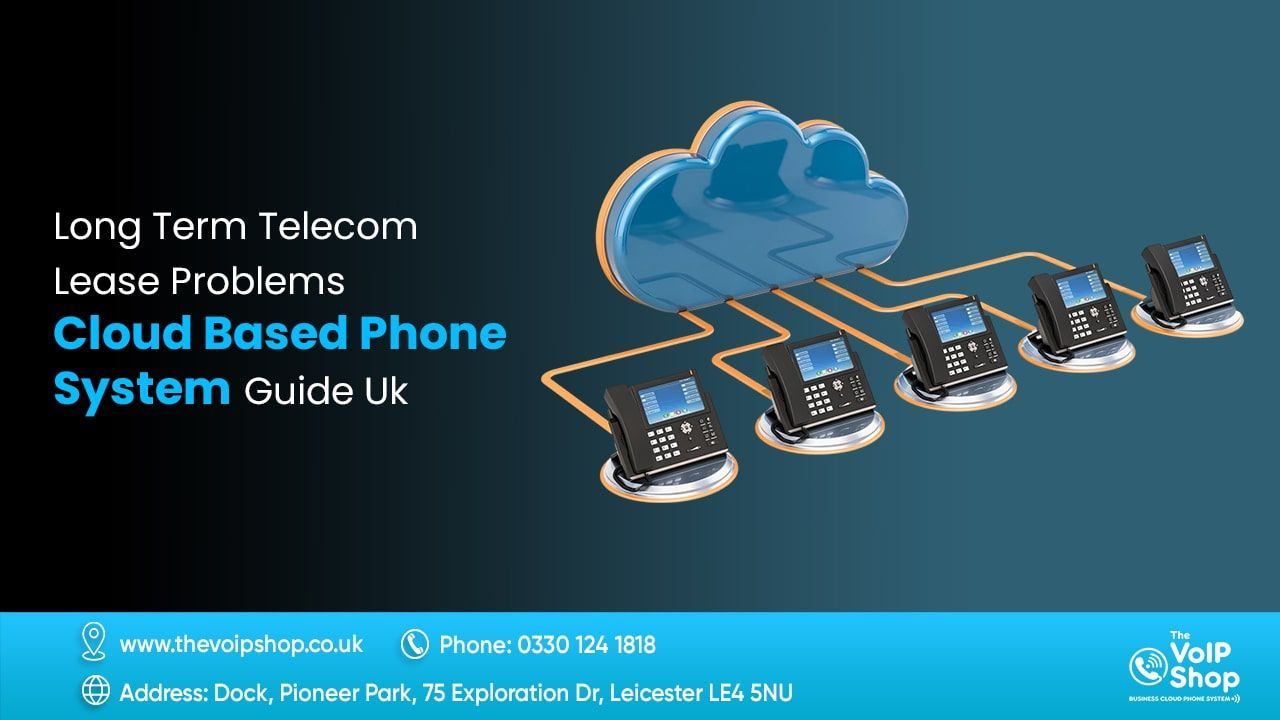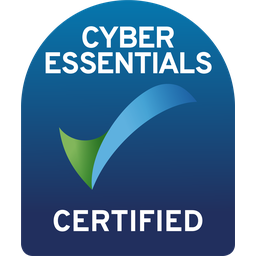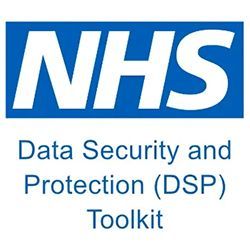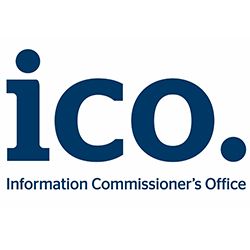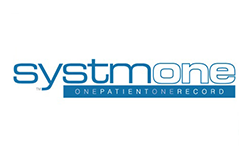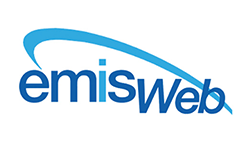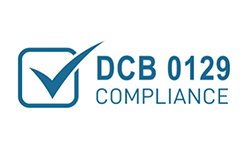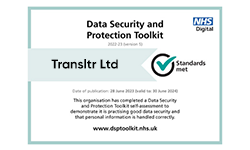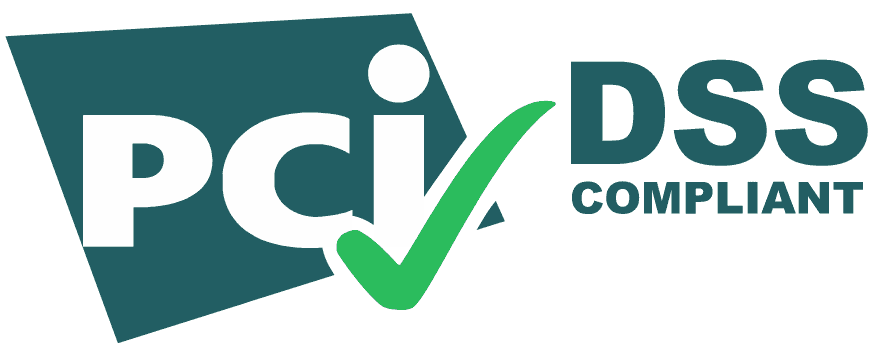Service Level Agreements (SLA’s) from The VoIP Shop
The VoIP Shop are committed to offering outstanding Customer Service. We know the products and services we provide are business critical and have believed from our very inception that ensuring we look after our clients with high quality, responsive customer service is the most important thing we can do.
One of our central pillars of achieving high quality customer service is to ensure we offer real clarity for staff, customers and other stakeholders about how we categorise and deliver fixes, we do this with SLA’s.
SLA stands for ‘Service Level Agreement’ which defines the level of service we promise to deliver to our customers when they purchase a product or service from us. We believe it is best practise to offer our clients SLA’s to allow you to have clarity and our team to have industry leading goals in fixing faults for our clients.
At The VoIP Shop we have one set of SLA’s for all our customers so that we have a fair support and ticketing process.
We maintain a high number of engineer and service staff on call to deal with customer problems and aim to start working on them as quickly as possible. If however we get a sudden influx of work then we need to be able to prioritise faults so we can deal with the most critical first.
You can be rest assured that if you should ever have a major issue then you will be at the top of our list.
How we determine the SLA level
Urgency
This relates to how disruptive the incident is, for example:
- LOW – there’s an easy and effective workaround, so this is more an irritation than a stoppage
- MEDIUM – operational efficiency is degraded, but there is either a reasonable workaround or other members of the team are unimpeded
- HIGH – the issue is critical and one or more major business processes are stopped
This is how many people are affected by the incident, for example:
- LOW – one person or small group of people affected
- MEDIUM – department or large group of people affected
- HIGH – whole organisation is affected and cannot work
Once we have defined the levels of Urgency and Impact we apply our priority matrix as follow:
| PRIORITY | HIGH URGENCY | MEDIUM URGENCY | LOW URGENCY |
|---|---|---|---|
| HIGHT IMPACT | CRITICAL | HIGH | STANDARD |
| MEDIUM IMPACT | HIGH | STANDARD | LOW |
| LOW IMPACT | STANDARDD | LOW | LOW |
Once we have categorised the request into either critical, high, standard or low we would then use this to determine our response time. We of course always retain discretion for any unusual set of circumstances where we can override the SLAs. For example perhaps the issue affects your customers, or key staff are having issues with a critical project with an impending deadline.
The SLA Response, Plan & Resolve Times
| SLA's | RESPONSE | FIX |
|---|---|---|
| LOW | WITHIN 1 HOUR | WITHIN 6 HOURS |
| STANDARD | WITHIN 1 HOUR | WITHIN 4 HOURS |
| HIGH | WITHIN 1 HOUR | WITHIN 2 HOURS |
| CRITICAL | WITHIN 30 MINUTES | WINTHIN 1 HOUR |
*hours are counted as business hours 9:00am to 5.30pm, Monday to Friday excluding bank holidays
These timers are a maximum limit not our aim, we always aim to deliver fixes as quickly as possible. Our SLAs are the maximum wait time you should expect to receive in 95% of cases.
As with all technology companies, due to the complex nature of problems we can’t give SLA for fixes, but we will always strive to deliver them as soon as is practicably possible and will keep you informed throughout the process. If for example a customer has a server fault, this would be a critical incident and we would have an engineer onsite within 1 working day. The engineer may be able to resolve the issue there and then, however if a new server needs to be replaced we would need to order a new one and arrange a 2nd visit (which would be as soon as possible).
A standard ticket journey looks something like this: You log a ticket that’s a standard priority – within 1 hour we’ll respond by having your ticket assigned and correctly prioritised. Within 4 hours we’ll plan to start work on your case and within 16 hours – 2 days, we’ll fix your issue.
In certain circumstances, we will put a clock on hold – for example when we are awaiting a response from the customer with further information or approval for work that may have a temporary impact on the customers business or if a site visit is required.
Respond
When we respond to your ticket request. This is not us just letting you know that we have your ticket, we will give you a time scale for when we will start working on the issue and confirm who is dealing with your ticket so you have got someone to refer back to.
Plan
This is when we plan to start work on your issue. This is to keep us on track and get started on your issue and ensure expectations are met and that we are resolving your issue in good time.
Fix
When the issue will be fixed. Where the issue is our responsibility, we will fix as quickly as reasonable to do so, Fixes times can vary specifically from job to job but the plan will set out a reasonable timeframe for this to happen.
Outstanding service from The VoIP Shop
These SLA’s are a guide for the sales team, service team and our customers to set an expectation as to how and how quickly we will deal with a request. We will always strive to fix issues as soon as possible and our aim is to exceed our SLA’s in every instance.
The SLA’s described above are provided within the following sets of hours
- 9:00 am to 5:30 pm, Monday to Friday, excluding bank holidays
We do provide an additional on call emergency help line with separate SLAs’ for critical faults outside of these hours which is chargeable separately to your normal service contract and information is available on request.
Nothing in this information should be construed as a contract.

